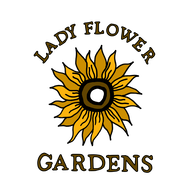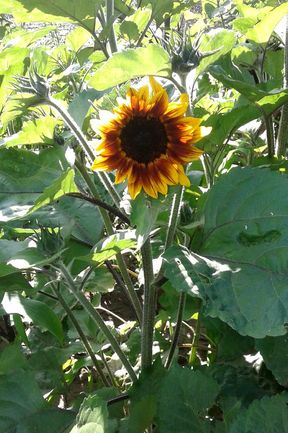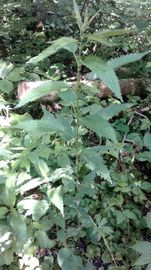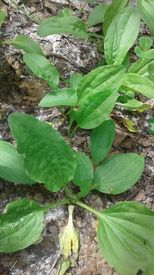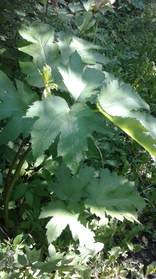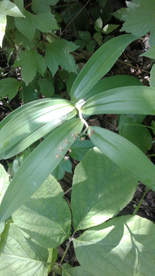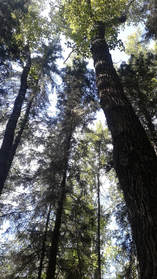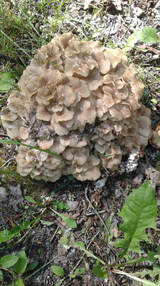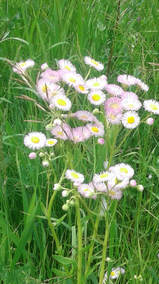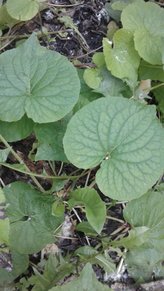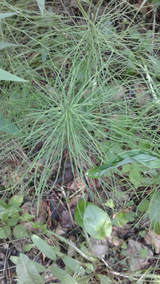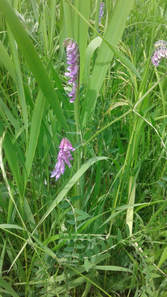Schedule
On Thursdays, seniors and youth will be working in the garden together. This way, the seniors can share their wealth of knowledge with the youth, and the youth can help the seniors with the more physically challenging gardening tasks.
Thursday July 27, 1:00-3:30 pm Emmanuel Home Thursday August 10, 1:30-4:00 pm MCHB Thursday August 17, 1:30-4:00 pm MCHB Thursday August 24, 9:00 am -4:00 pm Indigenous Youth Summer Leadership (Norquest) Thursday August 31, 1:00-4:00 pm Communities United Youth and Seniors |
Tuesdays & Thursdays Intern

Abbigail is a student from The King's University who is doing an internship at Lady Flower Gardens this summer. This internship in experiential learning about social justice forms a part of her course work to earn a certificate in social justice studies from the Micah Centre at King's alongside her regular degree program of Politics-History-Economics.
Abbigail will be working with the groups that come regularly on Tuesdays and Thursdays, as well as coordinating the visits from youth and seniors groups that come on Thursday afternoons.
Abbigail will be working with the groups that come regularly on Tuesdays and Thursdays, as well as coordinating the visits from youth and seniors groups that come on Thursday afternoons.
A Tour of the Forest
Here are just a few of the many plants found in the forest at Lady Flower Gardens. Thursday groups are welcome to schedule a tour of the forest to see (but not harvest or pick) the incredible diversity of the old growth forest.
*Disclaimer: This information is not meant to be used by those who are looking to identify and harvest plants for medicinal or food purposes. I am NOT an expert (I was just privileged to learn a bit about the forest from someone who is) and any/all mistakes are mine alone. These are just little tidbits of information about some of the many wonderful plants found in the forest near LFG and I hope you've enjoyed this brief tour!
